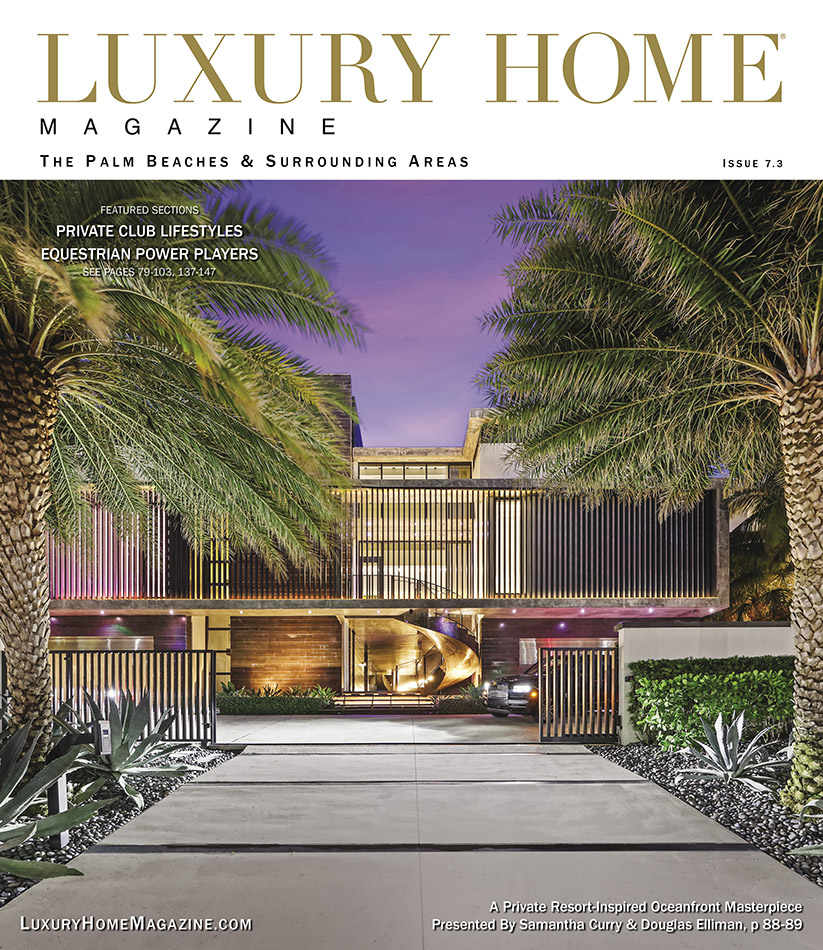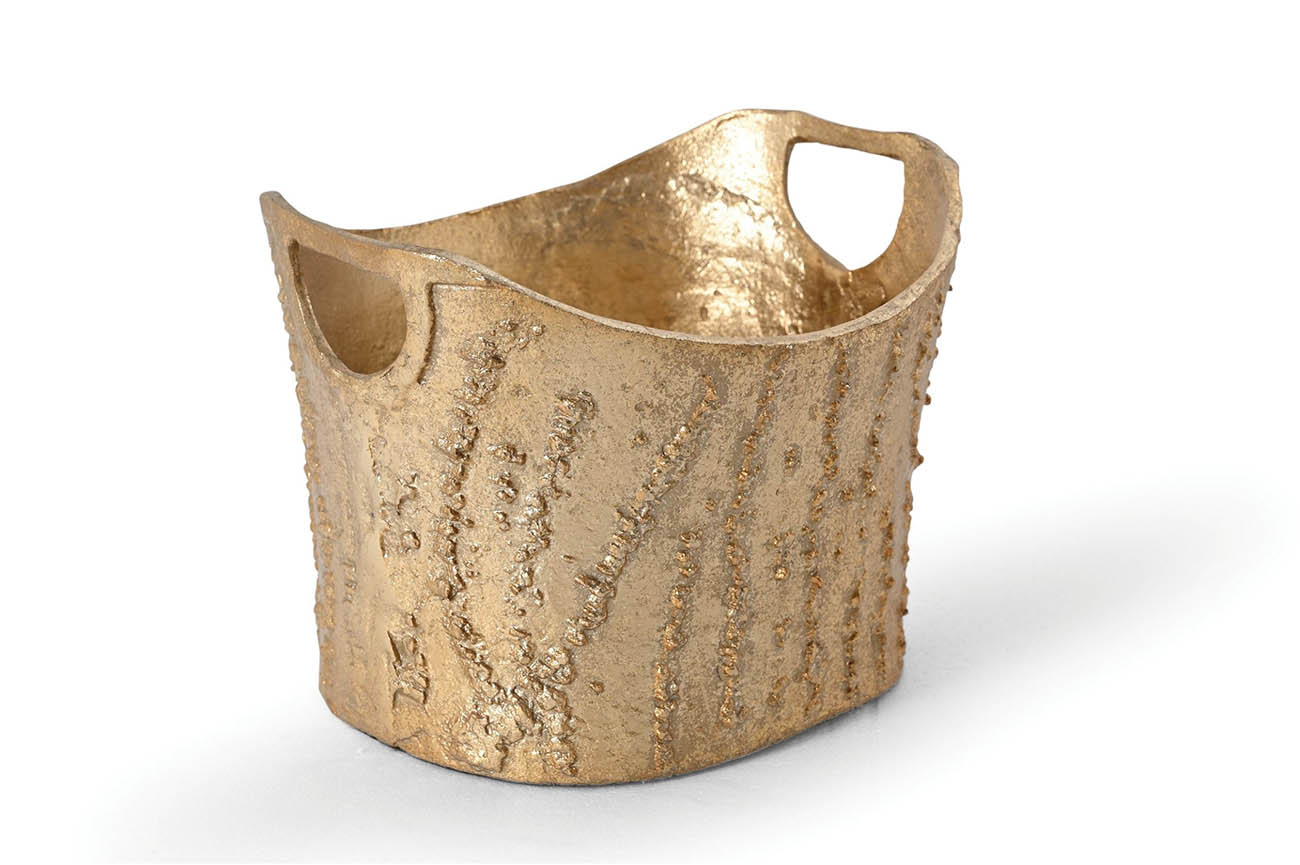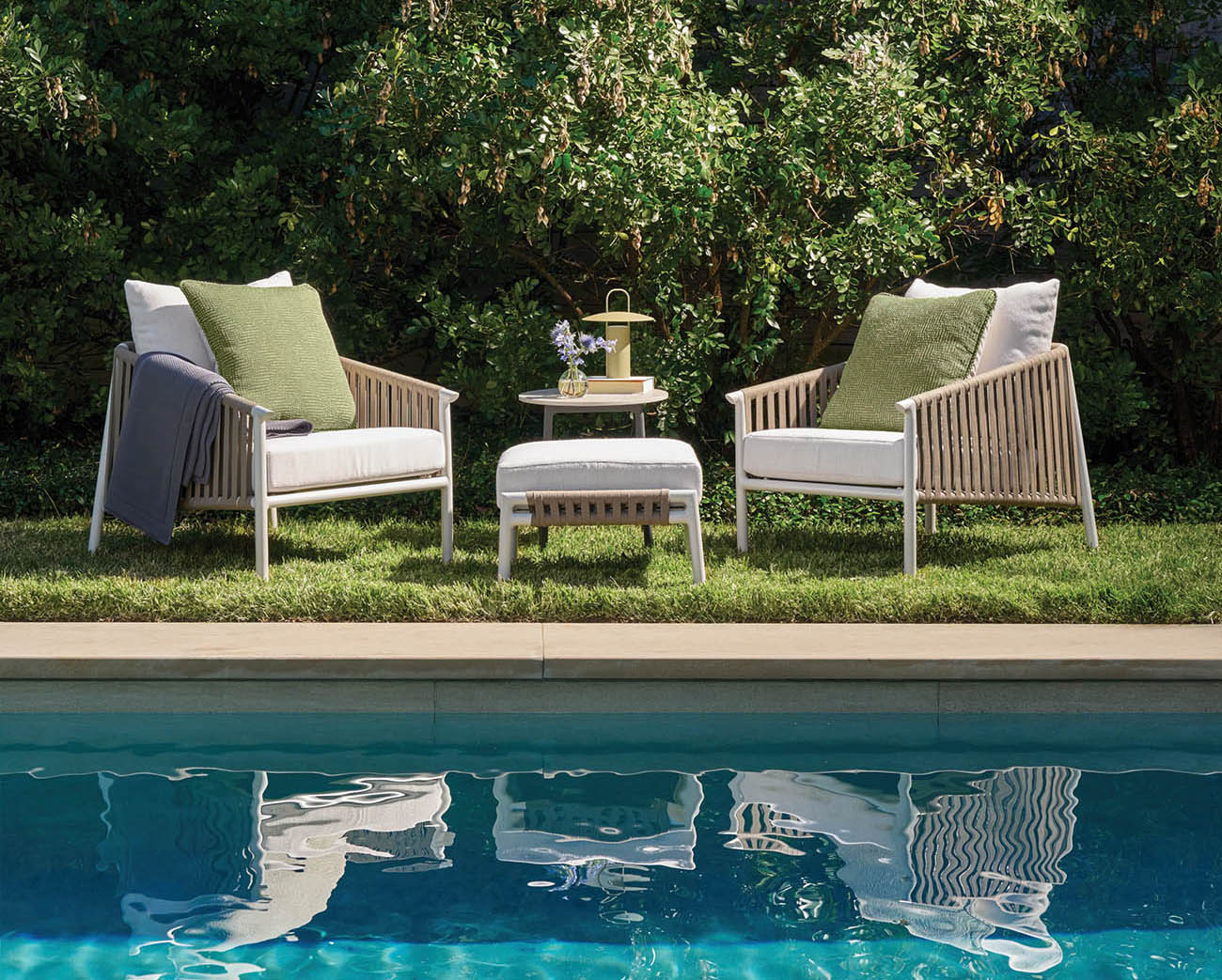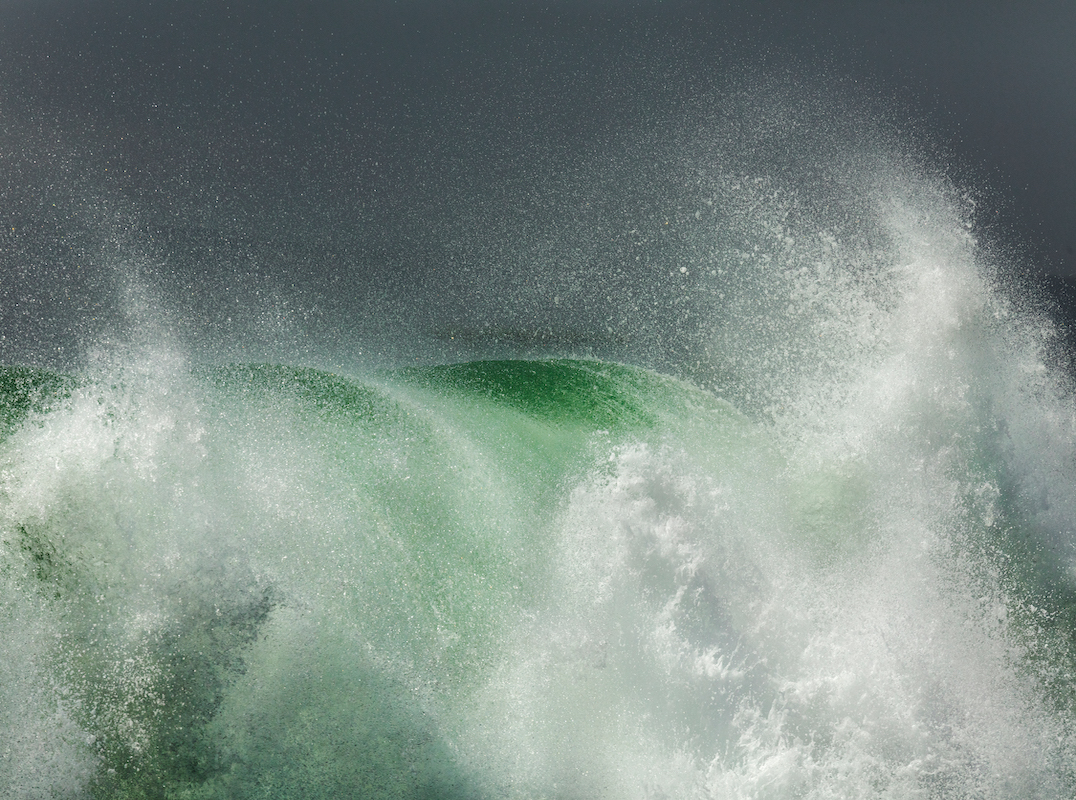
15 Dec Man’s Influence on Landscape

By photographer Francesca Piqeuras’, who has dramatically captured the effect humans have had as the major force on nature in this new Anthropocene epoch.
This is the first time in nature in which human activities have been the prime motivators for the changing environmental impact on the earth, and an interest in the Anthropocene is crucial to an understanding of Francesca Piquera’s photographic work. Her photographs show the forces of a dynamic instability and the “influence of man on the landscape, on its environment, on nature, and its vital space.”
Although she does not show human beings in her photographs – their presence is suggested by the forces they collectively have asserted on the balance of natural forces. A tipping point has been reached in the land, the air, and the sea and as humans endeavor to
try to mine the resources from this Earth, their activities have unleashed a new dynamic that is quickly altering the world as we have known it.
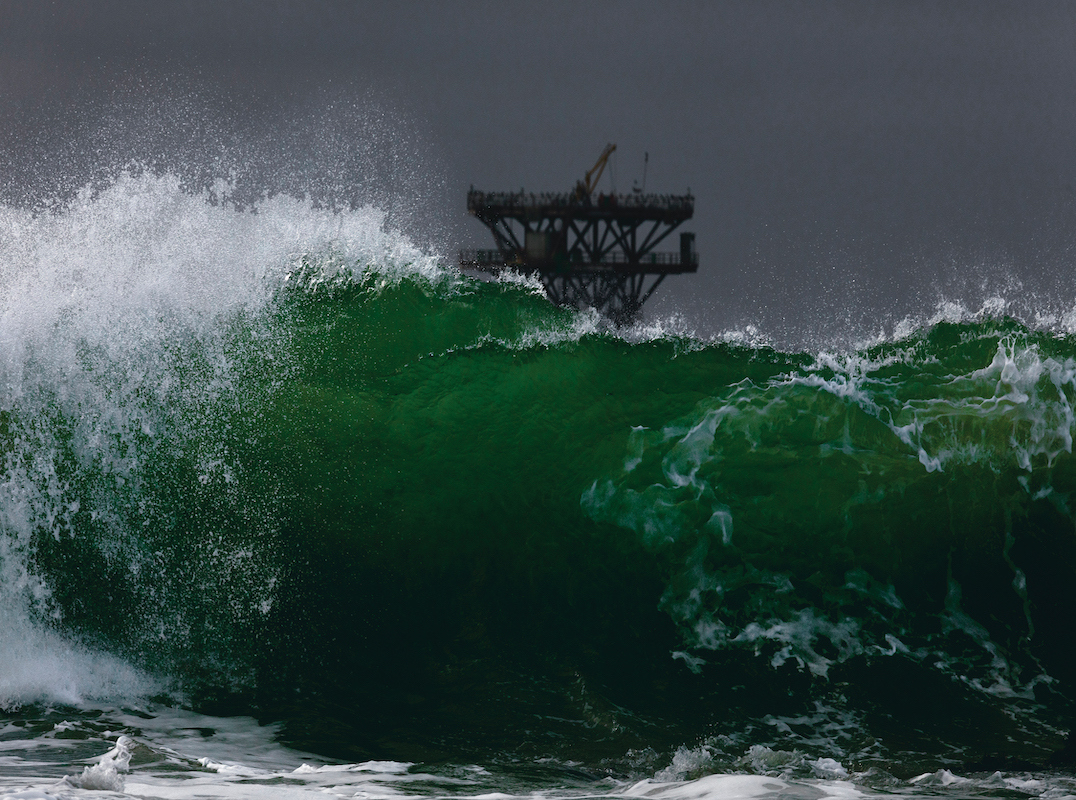
MAR
The dramatism and her emphasis on the atmosphere in Piqueras’ photography is also evident in the series titled “Mar” (Sea). The photographs were shot in coastal Peru, a few hundred kilometers south of the Ecuadorian border, a seemingly end-of-the-world like location that is often frequented by thrill seeking surfers. Piqueras elegantly captures the ferocity of the waves, juxtaposing such a graceful dance with the very violent and forceful nature of the sea.
While capturing movement, she also pushes the eye beyond the obvious, asking the audience to truly feel the clash of the waves as if they were at the very location. In focusing on the macro-image and printing the series large-scale, Piqueras wants the viewer to digest the immensity of nature versus the paradox of vulnerability of mankind. She believes that it is important that “images carry a certain dimension in order to give the scale of the monumental.” There is an almost timeless theme of man trying to tame the seas. The audience, in return, feels that they can physically get inside the image and are touched by the drama.
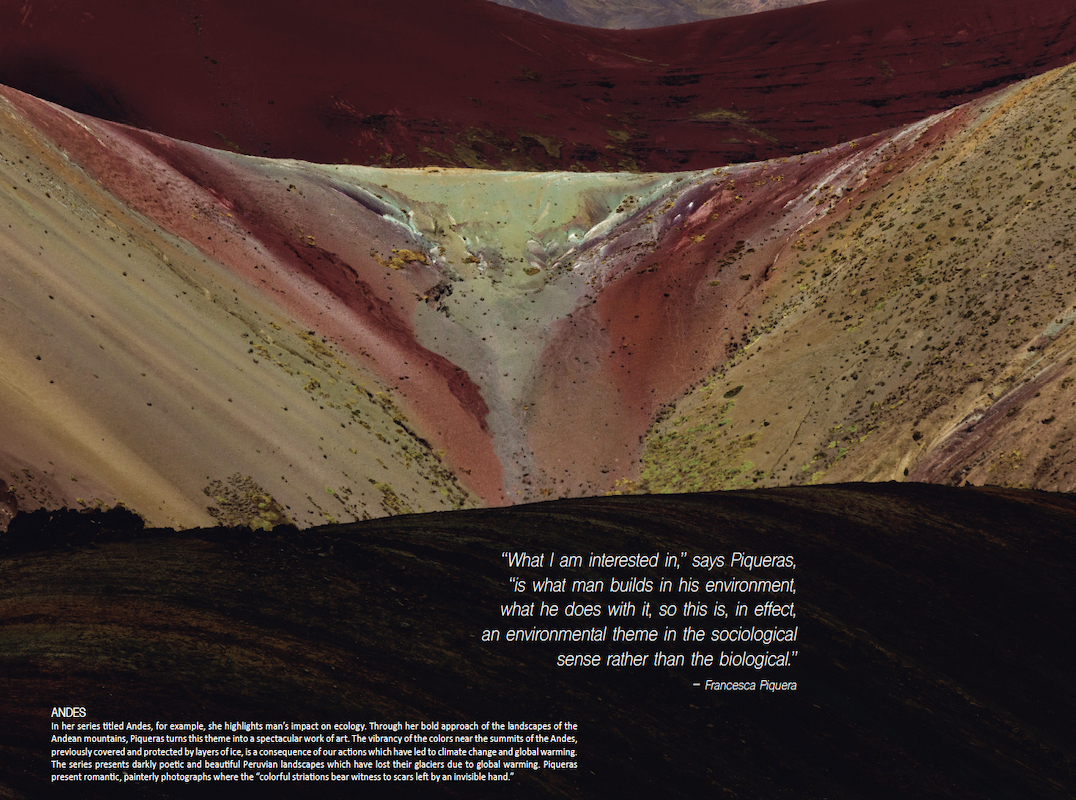
“CINEMATIC INSPIRATION
Both of Francesca Piqeuras’ parents were artists and their closest friends were the likes of Marcel Duchamp, Man Ray and Salvador Dali. She received her first camera at a young age, and began taking pictures around the age of thirteen. Studying Art History and Cinema, Piqueras presented her first series of black and white photographs in 2007, later turning into the field of color photography. Cinema and painting have always been the artist’s main points of inspiration. In fact, one of her favorite movies, Antonioni’s Deserto Rossi, was a significant influence on her inclination to create striking color contrasts, and her fascination with desolate industrial landscapes. It was no surprise that Piqueras was drawn to the forces of nature.”
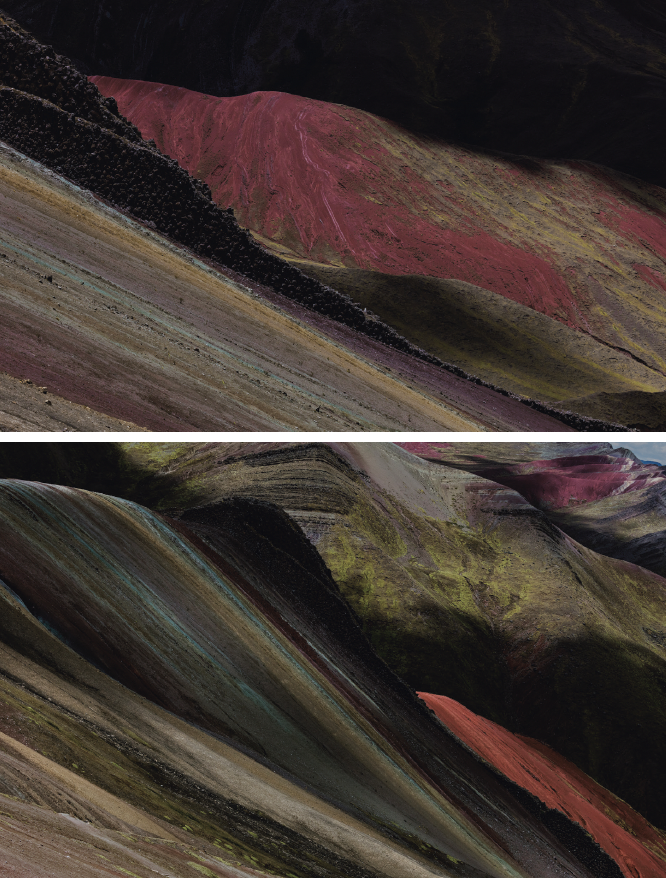
COMBINING MEANING AND AESTHETICS
Piqueras’ emphasis on abstraction and her attachment to
the beauty of the shape and light of the sand fields presents an aesthetic that is expressive and reflective. Although Dune, for example, is a series of images that are highly visually appealing, they still underline environmental themes. The series may allude to what would be left of our Earth once man has departed. It could also be the primordial earth. Piqueras masterfully combines drama and beauty, meaning and aesthetics in her cinematic, poetic images.”
MAN VS NATURE
The visual dialogue of man’s influences on landscapes and seascapes remain as a continuous theme throughout the work of Francesca Piqueras. Her photographs ultimately deal with the effects of industrialization and the resultant transformation of the environment. The darkly poetic yet cinematic and elegant photographs push the viewer to confront rather unsettling realities. The work of Piqueras is featured and has been exhibited in numerous museums and galleries, such as the Eretz Israel Museum, Tev Aviv, Israel, Palazzo Ducale di Massa, Massa, Italy and Beijing World Art Museum, Beijing, China. Today the artist is working on several other projects based
upon our post-industrial world.”
SELECTED MUSEUM COLLECTIONS:
• Eretz Israel Museum, Tel Aviv, IL
• Palazzo Ducale di Massa, Massa, IT
• Beijing World Art Museum, Beijing, CN
PIQUERAS WORKS CAN BE FOUND AT HOLDEN LUNTZ
GALLERIES, located at 332 Worth Ave., Palm Beach.”
Visit Luxury Home Magazine of The Palm Beaches to search more available luxury real estate in South Florida.
You May Also Like…
-
-
Eastern Accents: Run for the Roses Collection
Gallop off into the sunset with Equestrian pillows for Eastern Accents, our tribute to the elegance ...
24 June, 2025 -
High Point’s Spring 2025 Market
A peek into new and noteworthy products debuting at High Point Spring Market ...
09 June, 2025




